赤坂忠重
Akasaka Tadashige
NBTHK Tokubetsu Hozon
Dimensions: 86 mm, x 82 mm, 5 mm mimi
鐔 銘、忠重 作 窓桐図 鉄地 - 透 - 毛彫 江戸時代中期 (18世紀)
Tsuba
Signed; Tadashige Saku
Madogiri motif
Tetsu-ji, sukashi, keibori
Circa; Mid Edo period (18th century)
An exemplary example of Tadashige's work in the classic madogiri theme. This tsuba is zaimei and also has Tadashiges tagane-mei. It is a large work and in perfect condtion. This tsuba has a double custom-fitted box with sanada-himo. Published in the 19th Kokusai Tosogu Kai catalog and with a NBTHK Tokubetsu Hozon paper. Below is the description from the KTK exhibition catalog:
Tadashige was born in 1730. He was the brother of the second Tadatoki and the student of the first Tadatoki. He lived in Kyobashi and enjoyed a long career. Tsuba exist that state his age well into his 80s. Thus, we know he was active into late Bunka (1804 -1818) times.
There were 9 generations at the head of the Akasaka school. The first three were active in the early Edo period and are referred to as "Ko Akasaka". No signed works by these men exist. Among all Akasaka craftsmen that followed, Tadashige is considered to be the best. He surpassed even his teacher, Tadatoki and is celebrated as the preeminent Akasaka tsuba-ko of his time and those after. Tadashige is ranked at the Yuko level (3rd) by Wakayama.
This is a large iron sukashi tsuba in the theme of madogiri (window and paulownia). This motif was invented by Nishigaki Kanshiro and is one of many Higo designs that were later adopted by the Akasaka school. This tsuba shows the highly distinctive mei of Tadashige (the bottom right vertical stroke of saku is slanted) and his characteristic tagane mei (punch marks). This tsuba can be celebrated as a fine zaimei example of Tadashige in all regards. Especially the exacting sukashi work, fine kebori and wonderful luster of the patina are high points to enjoy.
SOLD
nihontocraft@bellsouth.net
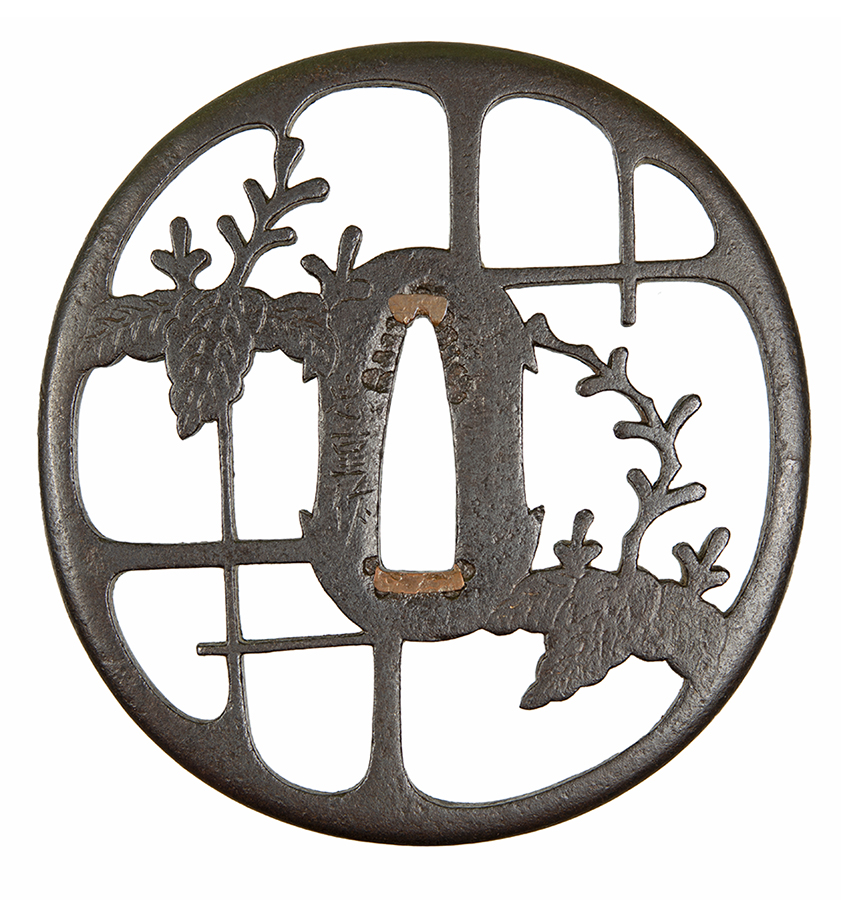
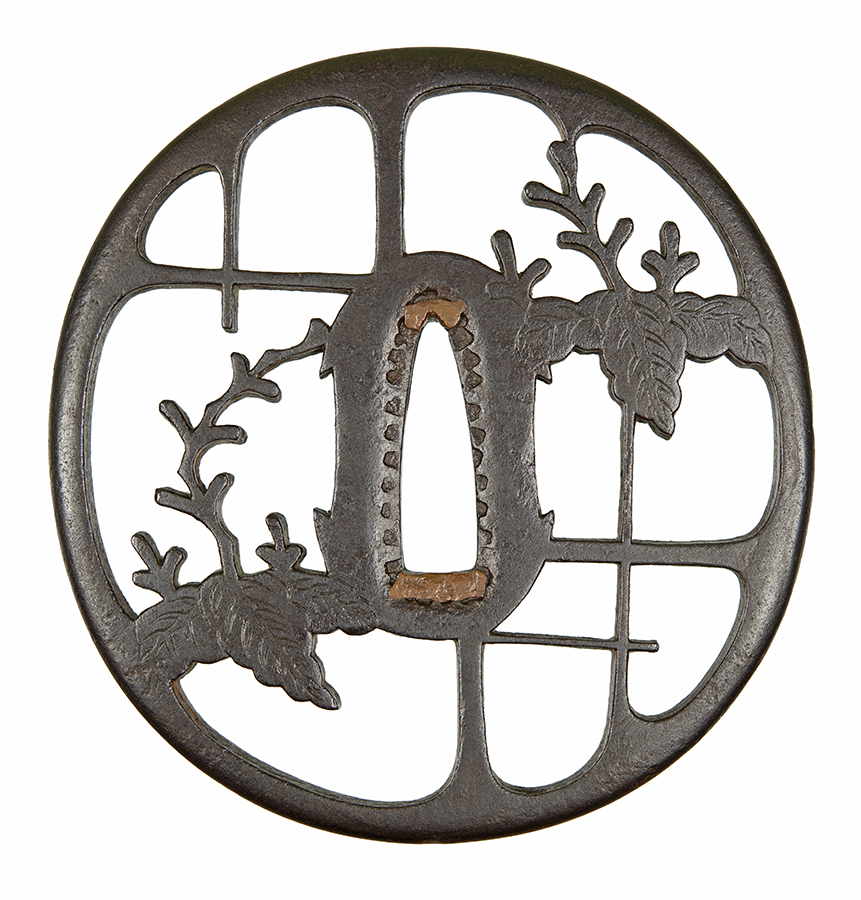
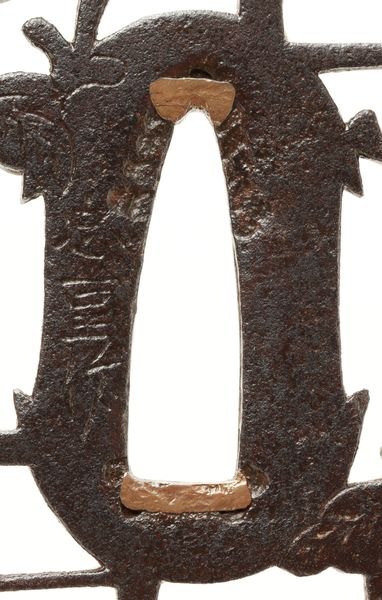 | 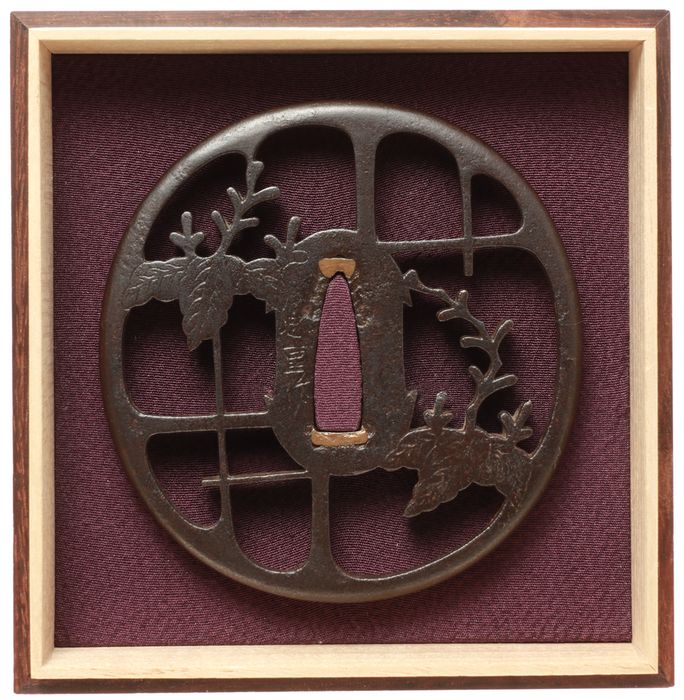 |
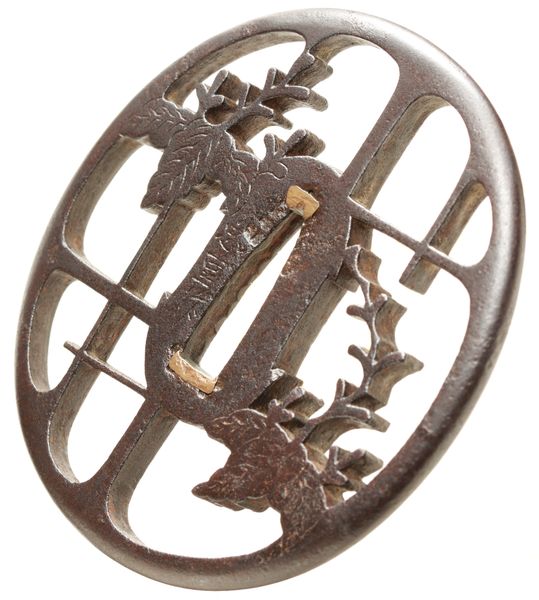 | 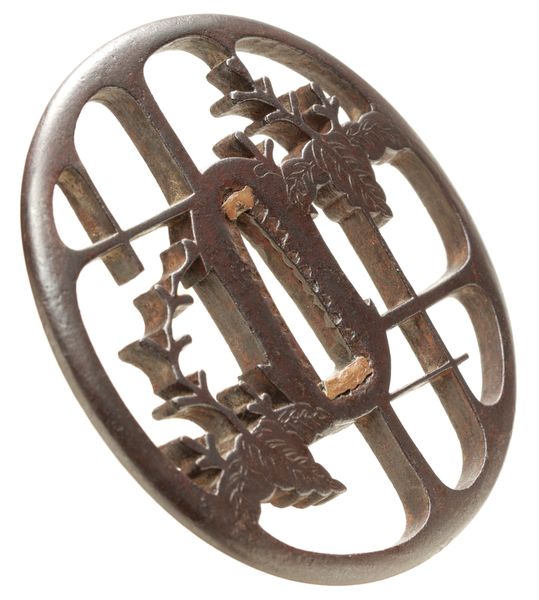 |
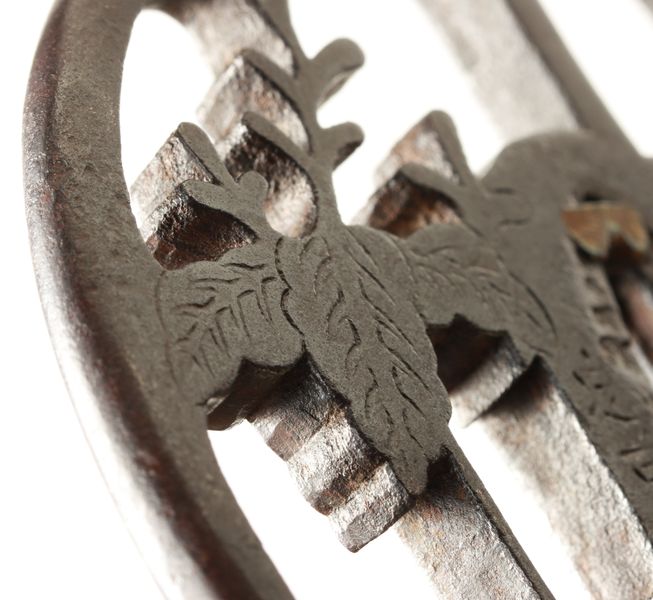 | 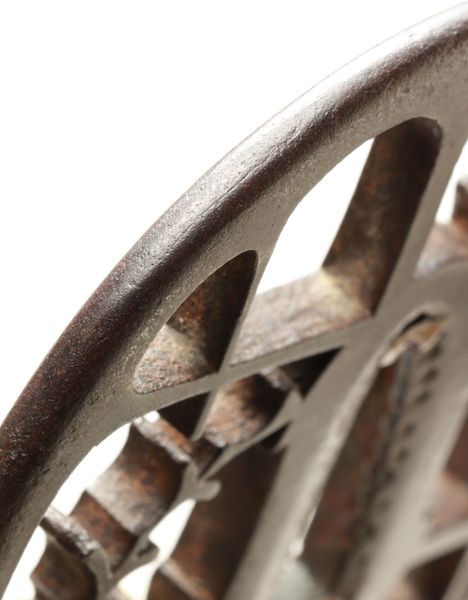 |
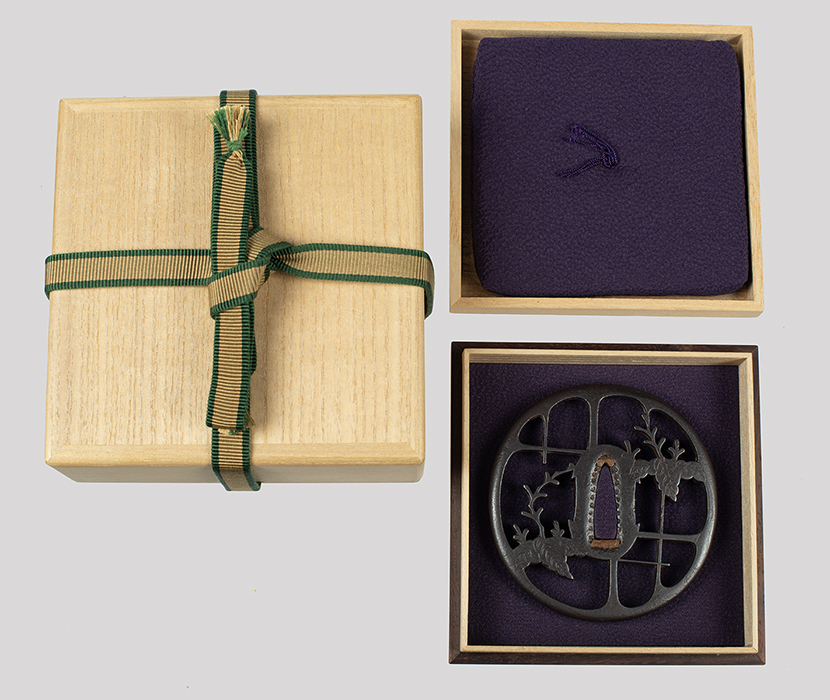
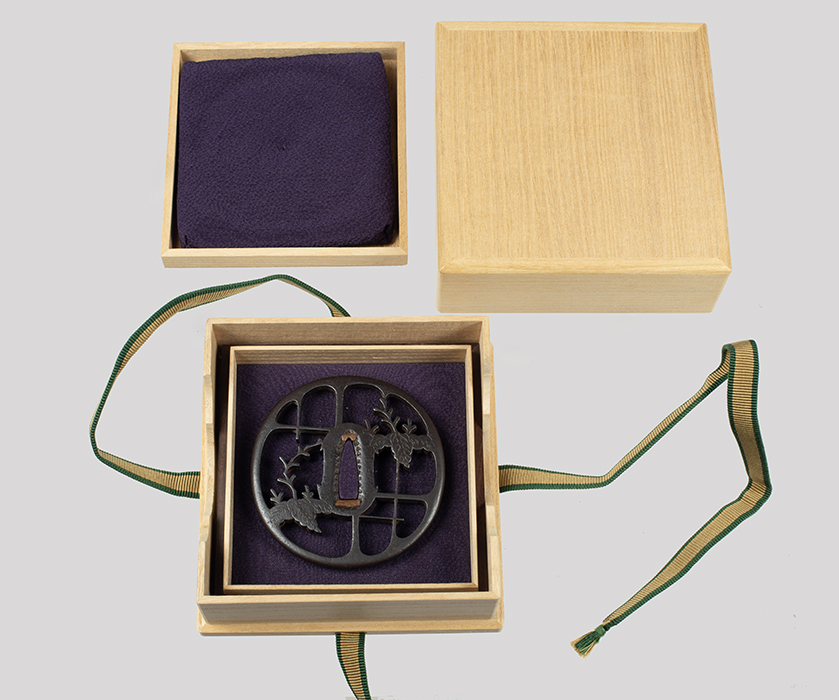
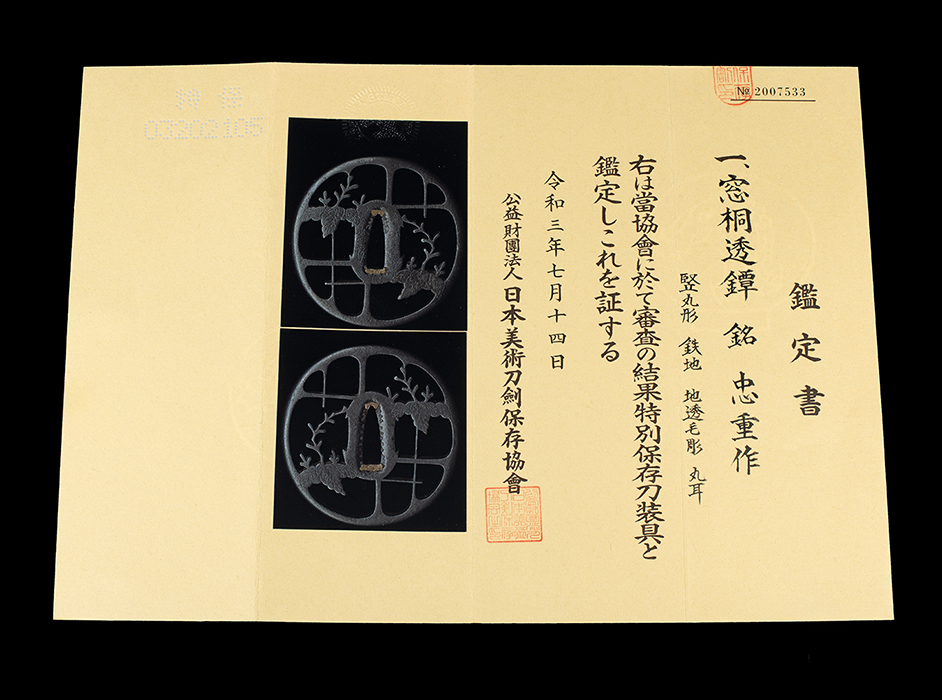
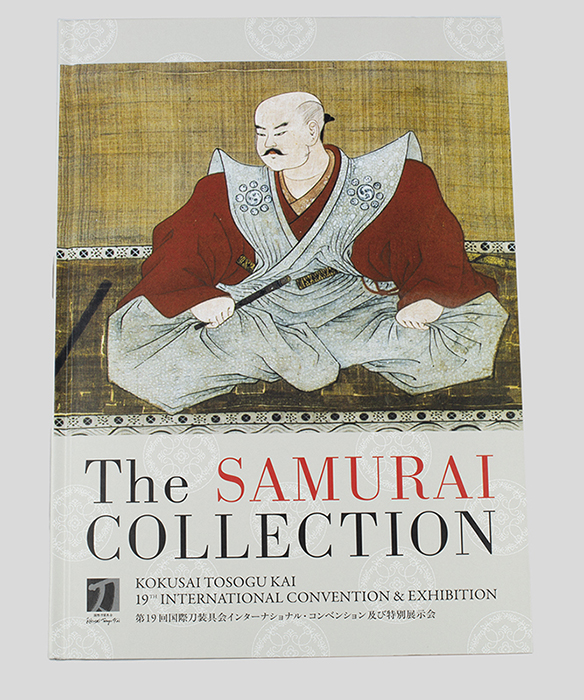 | 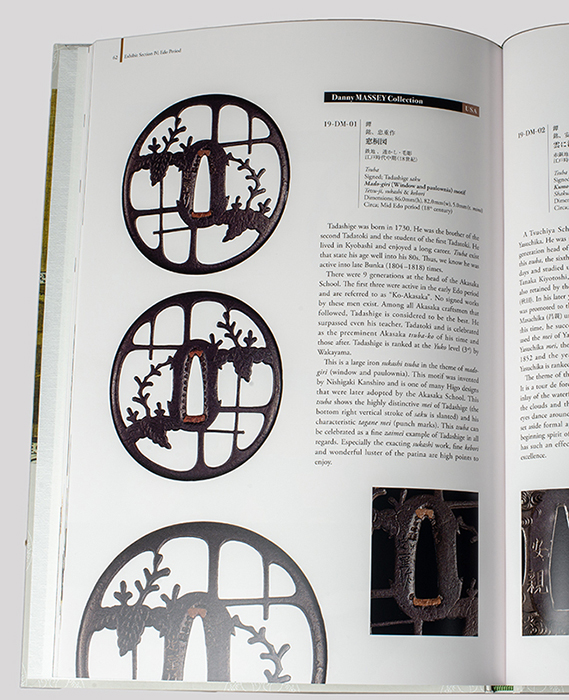 |